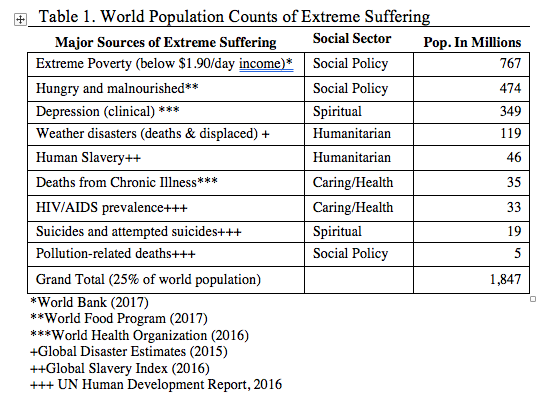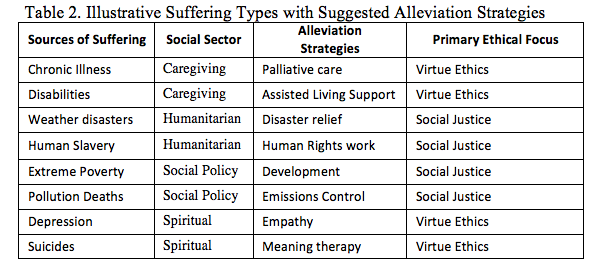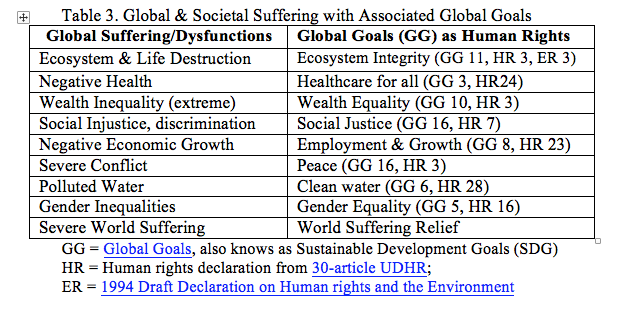Ron Anderson (Ronald E. Anderson) from worldsuffering.org on causes of extreme suffering in humans.



Cold receptors primarily react to temperatures ranging from 68 to 86˚F, while warm receptors are activated between 86˚F and 104˚F. At extreme temperatures—below 60˚F and beyond 113˚F—the temperature signal is accompanied by a sensation of pain. Weirdly, researchers have discovered that at temperatures greater than 113˚F, some cold receptors can also fire.
The majority of scientists support the theory that paradoxical cold is a malfunction of the thermoreceptor system. Evidence suggests that pain receptors that respond to potentially harmful heat levels coexist on the same sensory fibers as cold thermoreceptors, says Lynette Jones, a senior research scientist at MIT. So when the nerve fiber sends a signal to the brain, it can sometimes be misinterpreted as a sensation of extreme cold. Paradoxical cold is the “strange operation of a system under unusual stimulation conditions,” she says… Read more
We usually start measuring what we can measure well, and we lack motivation to try to measure what we cannot measure well. In this way, the measurement makes invisible the elements that are more difficult to measure although they could be much more relevant. This increases the risk of ignoring those other elements and even in some cases, promoting the idea that they do not exist. The death toll (number of deaths) in an accident or in a conflict can make suffering -much more difficult to measure- invisible. For example, surely 10 individuals who die burned alive in an aviation accident, as a whole, suffer much more than 100 individuals who die from concussion. But suffering is difficult to measure and attention goes to the number we can easily get. This could cause the establishment of wrong priorities… Read more
In this short piece, Manu Herrán sumarizes two sets of proposals to address the problem of sentience, three mechanisms to show if an individual feels (the resemblance, the best possible explanation and Phenomenal Puzzles) and two ways to check if a theory of sentience is correct or not.
“It is common to ask: how can sentience (the ability to feel) be demonstrated? The question has several interpretations and nuances. On the one hand, whoever asks this question may be pointing out the difficulty of making predictions and obtaining evidence; In short, the difficulty of using the scientific method in the matter of sentience. But, as this article explains, there are many things we can do to address the issue of sentience in the most scientific way possible.
The question can also refer to a specific individual: how to know if an individual feels or not ?; Or it can refer to theories about sentience: what is the correct theory? How can we prove it?”
Andrés Gómez Emilsson from Qualia Research Institute has proposed a method (or method framework) to determine if an individual feels: A Solution to the Problem of Other Minds Using Mindmelding and Phenomenal Puzzles. (Video) .
One person suggests that past experience with suffering is “a reason to avoid fighting suffering. Your own experiences have biased you about how bad suffering is. It’s like someone who keeps a year of food in his basement because he had to go without food at times when he was a kid, or checking where your keys are 20 times a day because you once forgot your keys.” I replied: “Some of the life experiences that make us unique we choose to keep as intrinsic moral values, while others we disregard. If we didn’t keep any of the ‘biases’ that our development instilled in us, we might be paperclip maximizers instead. My moral biases are what make me me.”